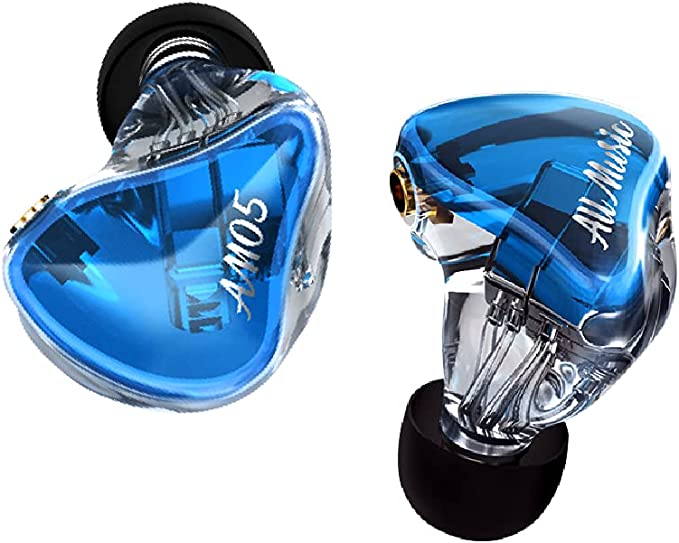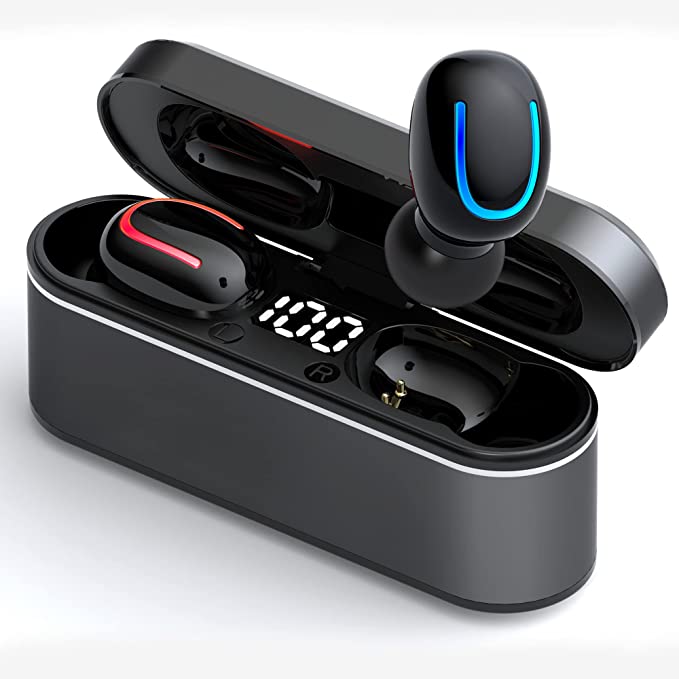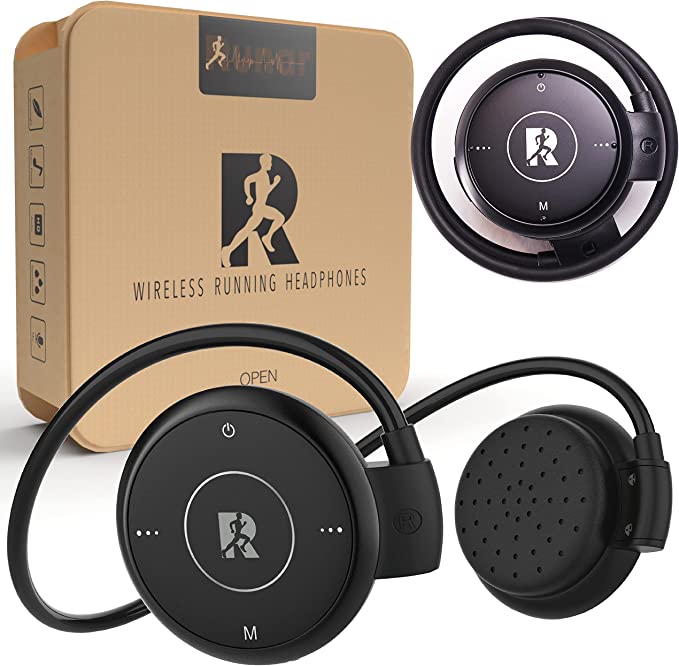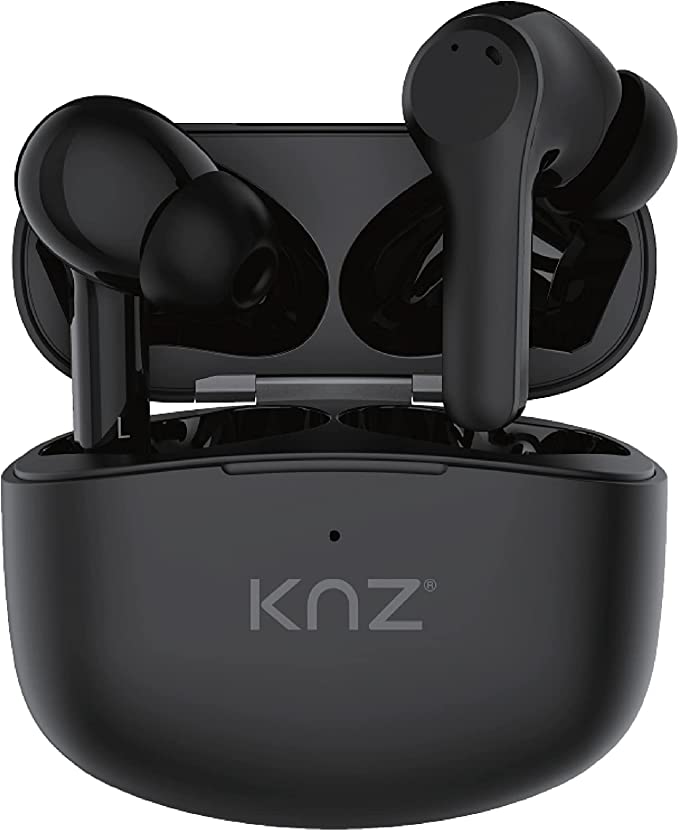Beyond the Bar: How to Use a UTV Soundbar as Your System's Brain
Update on Oct. 30, 2025, 1:33 p.m.
Beyond the Bar: Why Your UTV Soundbar Should Be Your System’s Brain
When you’re blasting through a trail in a UTV or cutting across a lake on a boat, the environment is actively trying to rob you of your music. The roar of the engine, the rush of the wind, and the simple lack of walls for sound to bounce off mean that standard audio equipment just won’t cut it.
The common solution? A rugged, all-in-one outdoor soundbar.
But this is where most people stop. They buy the bar, mount it, and are happy with the volume. Today, I want to reframe how you think about this piece of equipment.
A high-quality soundbar, like the JBL RallyBar XL, shouldn’t be the end of your audio journey; it should be the beginning. It’s not just a speaker; it’s the central hub, the “brain,” for a complete, expandable audio system.
Let’s break down the engineering that makes this possible, moving from the all-in-one features to the hidden potential that turns a single bar into a full-blown component system.
Part 1: The All-in-One Powerhouse
Before you can expand, you need a solid foundation. In an outdoor vehicle, that foundation is built on three pillars: raw power, engineered bass, and extreme durability.
The Power: Why “Class-D” Matters More Than Peak Watts
You’ll see huge wattage numbers (like “600W PEAK”) advertised, but the number you really care about is RMS (Root Mean Square). RMS measures continuous, real-world power. A unit like the RallyBar XL is rated at 300W RMS, which is a massive amount of sustained sound.
But the how is more important than the what. This power comes from a Class-D amplifier.
As a mentor, this is the first thing I look for. Decades ago, car amps (Class-AB) were big, heavy, and generated enormous amounts of heat. They were wildly inefficient, turning much of your vehicle’s battery power into heat, not sound.
A Class-D amplifier is a modern marvel. It’s a switching amplifier, which, in simple terms, means it’s incredibly efficient (often 90% or more). * What this means for you: It draws less power from your battery, runs cooler, and can be packed into a smaller chassis—all while producing high-fidelity, powerful sound. It’s the key technology that allows a soundbar to be this loud without needing a bulky, separate amplifier.
The Bass: Engineering Around Physics
Here’s the biggest challenge for any soundbar: bass.
Deep bass frequencies require moving a lot of air. This traditionally requires a large speaker (a subwoofer) in a large, heavy box. That’s not practical on a roll cage.
So, how do you get that chest-thumping bass from a slim bar? The answer is “clever engineering,” specifically, passive radiators.

Let’s look at the RallyBar XL’s setup: * Active Drivers: It has eight 2.75” woofers and two 1” tweeters. These are powered by the amp and create the sound. * Passive Radiators: It also has four 7.2” x 3” “racetrack” passive radiators.
A passive radiator isn’t a speaker. It has no magnet or wires. It’s essentially a diaphragm that uses the air pressure created by the active woofers to move and resonate. It’s a way of “tricking” the enclosure into acting like a much larger, ported subwoofer box. The racetrack shape is brilliant because it provides a large surface area (for moving air) in a short, bar-shaped design.
This is how you get impressive, rich bass that you can feel without having to install a separate 12-inch sub.
The Durability: Decoding “IP66”
Finally, there’s durability. Any outdoor gear will advertise being “weatherproof,” but the numbers tell the real story. The standard is an Ingress Protection (IP) rating.
For a unit like this, the rating is IP66. * First 6 (Solids): This means it is 100% “dust-tight.” Not “dust resistant,” tight. No dust, sand, or dirt can get inside the casing. For a UTV, this is non-negotiable. * Second 6 (Liquids): This is the big one. It’s not rated for splashes (that’s a ‘4’) or rain (that’s a ‘5’). A ‘6’ rating means it is protected from powerful water jets.
Think: hitting it directly with a pressure washer after a mud ride, taking a wave over the bow of your boat, or driving through a torrential downpour. This level of sealing is what separates marine-grade gear from a standard portable speaker.

Part 2: The “Blue Ocean” - From Bar to Brain
Okay, so the bar is loud, has bass, and is tough. Great. This is where 99% of users stop.
But a high-end soundbar hides a feature that transforms it from a mere speaker into an audio “brain.” It’s the feature that directly answers the question, “How do I add a subwoofer?”
The secret is the 3.5mm Aux-Out.
This isn’t a headphone jack. This is a 2-volt, line-level audio output. This simple port is your golden ticket to system expansion. It sends a clean, un-amplified audio signal (a “pre-amp” signal) out, identical to what’s playing on the soundbar.
How to Add a Dedicated Subwoofer
That search query, “connecting a subwoofer to rallybar xl,” is from someone who understands. Here is precisely how you do it:
- Get the Signal: Plug a 3.5mm-to-RCA adapter cable into the RallyBar XL’s Aux-Out port.
- Add an Amp: Run that RCA cable to the input of a separate, external amplifier. A compact, marine-grade monoblock (single-channel) amp is perfect for this.
- Power the Sub: Connect that amplifier to a dedicated marine/UTV subwoofer (or two!).
Now, your system is in a whole new league. The soundbar’s internal 300W amp is happily powering its own drivers for crystal-clear mids and highs. Meanwhile, your new external amp is efficiently sending hundreds of dedicated watts just to the subwoofer for ground-shaking lows.
This is a true component system, and the soundbar acts as the “head unit” or “receiver”—controlling the volume and source for everything.
How to Expand Sideways: Broadcast Mode
What if you don’t want more bass, but just want to create a larger sound field? That’s where Broadcast Mode comes in.
This feature allows the RallyBar XL to wirelessly sync with other RallyBar family products. You could have one bar on your front roll cage and a second one (like a smaller RallyBar S) on the back cage, both playing the same music in perfect sync, with zero audio delay.
This is ideal for larger vehicles or boats, or for “party mode” when parked with other vehicles. Again, the main bar acts as the central hub, “broadcasting” the signal to its new teammates.

Part 3: The Seamless Hub Experience
All this power is useless if it’s a pain to control. The final piece of the “brain” concept is seamless connectivity.
The system uses Bluetooth 5.3. The “5.3” isn’t just a number; it means a more stable connection (less cutting out when your phone is in your pocket), better range, and lower latency.
But the smartest feature is the automatic source priority. The RallyBar XL automatically checks for a signal in a specific order:
1. USB (if a drive with music is plugged in)
2. Bluetooth (if a device is paired and playing)
3. AUX-In (if a wired source is plugged in)
It will automatically “break-in” and switch to the highest-priority source. This means you can leave your navigation tablet plugged into the AUX-In, but as soon as you hit “play” on your Bluetooth phone, the music takes over instantly. You never have to fumble with “source” buttons.
Conclusion: Stop Buying Just a Speaker
An outdoor vehicle soundbar is a serious investment. You can buy one that is simply “loud,” or you can buy one that serves as the foundation for your audio passion.
When you’re shopping, look past the LED lights and the peak power claims. Look for the “mentor-approved” features: a high-efficiency Class-D amp, cleverly engineered passive radiators, a true IP66 rating, and—most importantly—an Aux-Out port.
These are the features that prove you’re not just buying a speaker. You’re investing in the “brain” of a system you can build on for years to come.
































